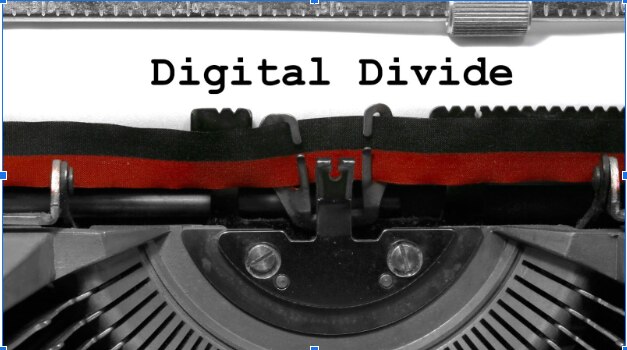In the evolving technological landscape, the salient role of digital transformation has become a reality. It is as if the world has grown around digital technologies, and its pervasive nature has turned it into an essential facet of our lives. But this paradigm shift brings with it a consequential concern: the digital divide. The term “digital divide” refers to the gap between those who have ready access to computers and the internet, and those who do not. It’s a divide that cuts across countries, societies, and even within companies. It remains an obstacle to equal access and empowerment.
As a seasoned digital transformation consultant, I find this dichotomy disconcerting. I think about the businesses thriving in a digitally empowered ecosystem and contrast them with those stuck in the analog age, unable to harness the power of digital transformation. It compels me to reflect on my mission to bridge this digital divide and guarantee that its benefits are accessible to all.
Recognizing the Digital Divide
Before addressing the digital divide, one must acknowledge its existence and implications. In a world where approximately 53% of the global population has internet access, it’s an unsettling thought that almost half of the world remains disconnected. Imagine missing out on the benefits of digital transformation due to a lack of infrastructure or skills. This is a harsh reality for many individuals and communities globally.
Infrastructure Development
Addressing the digital divide requires significant investment in infrastructure. I cannot stress enough how crucial it is for underserved regions to have reliable and affordable internet connectivity. It’s like building roads in a new city – without them, people are isolated and opportunities are missed.
As someone who’s witnessed the rise of Silicon Valley, I’ve seen the difference robust digital infrastructure can make. If we are to bridge the digital divide, we need to replicate this infrastructure development across the globe.
Digital Literacy and Skills Training
However, infrastructure is only part of the solution. Without proper education and skills training, technology becomes an intimidating entity rather than an empowering tool. This is where the critical need for digital literacy programs and skills training initiatives comes into play.
I remember a quote from Bill Gates: “The first rule of any technology used in a business is that automation applied to an efficient operation will magnify the efficiency. The second is that automation applied to an inefficient operation will magnify the inefficiency.” These words resonate with me as they emphasize the need to empower individuals with the necessary knowledge and skills to effectively use digital technologies.
Accessible and Inclusive Design
With the rise of digital transformation, one issue that has caught my attention is the principle of accessible and inclusive design. If we’re going to make a difference, it is essential that digital products, services, and platforms be usable by people with diverse abilities and needs.
To ensure accessibility, technology must cater to all, not just a privileged few. From websites to applications, inclusivity must be integral to their design. It is no longer a ‘nice to have’, but a ‘must-have’.
Collaboration and Partnerships
Bridging the digital divide cannot be the responsibility of a single entity. It requires the collective effort of governments, businesses, non-profit organizations, and communities. Together, we can achieve more than we ever could alone.
Partnerships and collaborations provide a platform for sharing ideas, resources, and efforts to bring about meaningful change. Such alliances have the power to address the digital divide from multiple angles, ensuring no stone is left unturned.
Affordability and Accessibility
While we’re on the subject of accessibility, it’s impossible to overlook the cost factor. Digital transformation should not be a luxury that only a few can afford. Advocacy for policies and initiatives promoting affordable access to digital devices and internet services is a must.
Through my years in the industry, I’ve learnt that cost can be a significant barrier in accessing the benefits of digital transformation. Bridging this gap involves making digital technologies and services more affordable and thereby more accessible.
In conclusion, I believe that our collective efforts can make digital transformation accessible to all. There’s no denying the potential of a digitally empowered society – the efficiencies, the opportunities, the innovations. But until we bridge the digital divide, we fall short of this potential.
So here’s to the future of digital livelihood – a future where the divide is bridged and digital transformation benefits us all. Let’s make this more than a digital dream. Let’s make it a digital reality. After all, “The future is digital. So, let’s democratize it!”.







